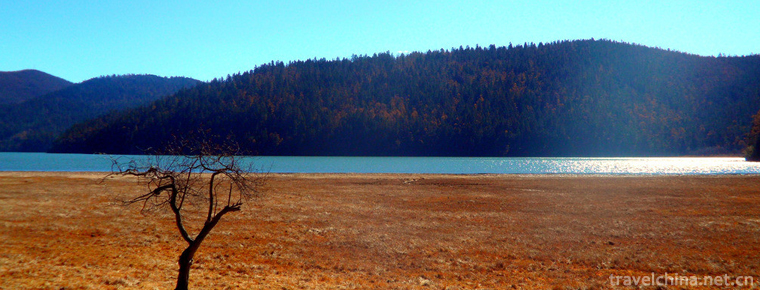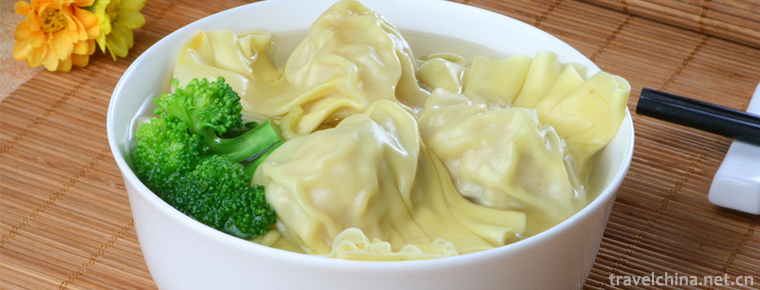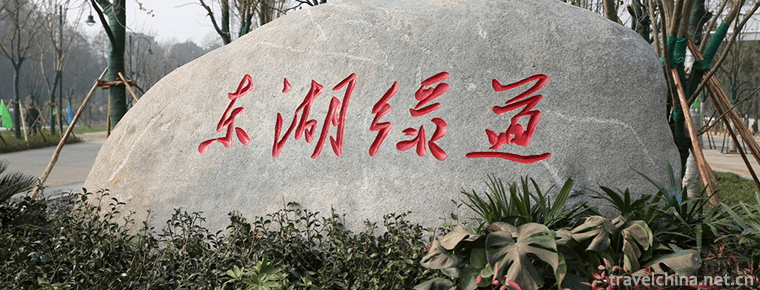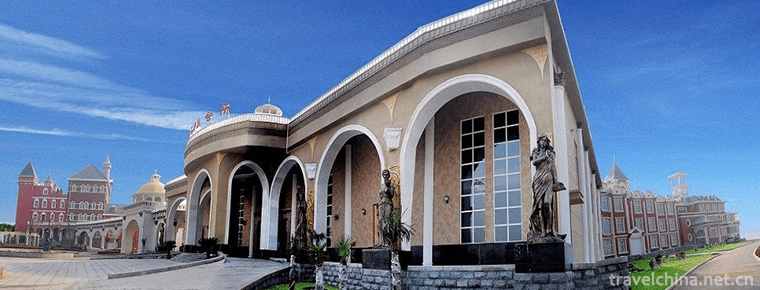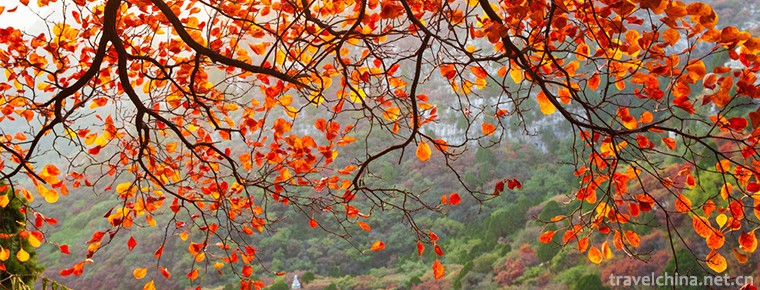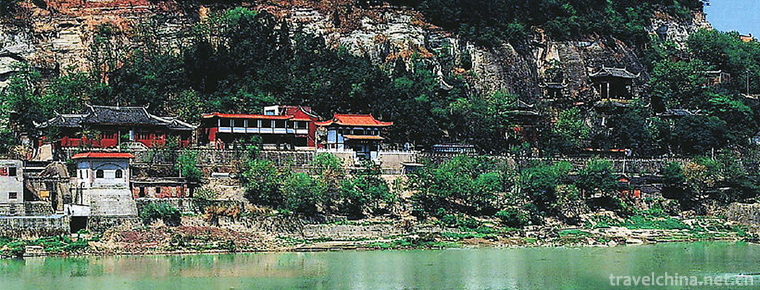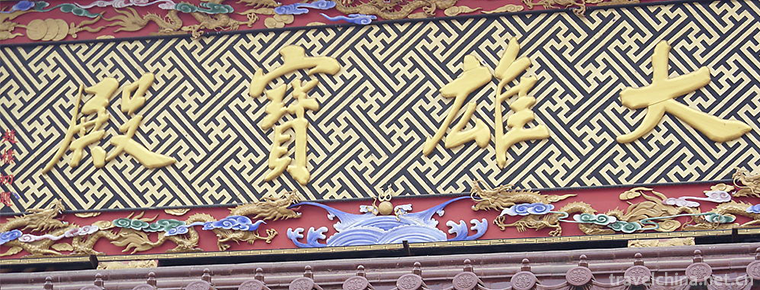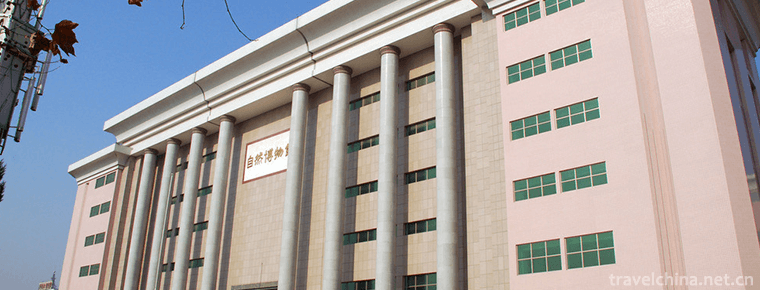Pavilion of Prince TengTengwang pavilion
Tengwang Pavilion, one of the three famous buildings in the south of the Yangtze River, is located on the East Bank of Ganjiang River along the Yangtze River Road in the northwest of Nanchang City, Jiangxi Province. It was built in Yonghui, Tang Dynasty (653 A.D.). It was named after Li Yuanying, the brother of Li Shimin, Taizong of Tang Dynasty. It was also named after Wang Bo, the poet of the early Tang Dynasty, who wrote the poem "falling clouds and flying solitary birds, and autumn water are all in one colour." Leave a good name for a hundred generations.
In the thirteenth year of Tang Zhenguan (639 A.D.), Li Yuanying, the 22nd son of Tang Gaozu Li Yuan and the brother of Tang Taizong Li Shimin, was sealed up in Tengzhou, Shandong Province as King Teng. He built an attic in Tengzhou called "Tengwang Pavilion" (which has been destroyed). In the fourth year of Tang Xianqing (659 A.D.), Teng Wang, Li Yuanying, was transferred to the governor of Hongzhou in the south of the Yangtze River (now Southwest Changjiang). Because of his yearning for Tengzhou, he built the famous Tengwang Pavilion. Tengwang Pavilion has become an eternal classic because of Wang Bo's Preface to Tengwang Pavilion.
Tengwang Pavilion, together with Huanghe Tower in Wuhan, Hubei Province and Yueyang Tower in Hunan Province, is called "Three Famous Buildings in the South of the Yangtze River". Historically, the Tengwang Pavilion has been rebuilt 29 times, repeatedly destroyed and rebuilt.
On October 29, 2018, Tengwang Pavilion Tourist Area in Nanchang was approved by the Ministry of Culture and Tourism as a national AAAAA-level tourist attraction.
Tang Taizong Li Shimin's younger brother, Teng Wang Li Yuanying, was born in the imperial home and was edified by court life. "Painting and calligraphy, wonderful melody, butterfly-like, Fangzhu Tour, flying the green sparrow, singing and dancing in the pavilion." (Ming Chen Wencang's Renovation of Tengwang Pavilion)
According to historical records, Li Yuanying was named Tengzhou in Shandong Province during Zhenguan years, so he was Tengwang and built an attic named Tengwang Pavilion in Tengzhou.
In the third year of Yonghui (652 A.D.), Teng Wang, Li Yuanying, was transferred to the governor of Hongzhou in the south of the Yangtze River. The next year, he built a grand Pavilion in Hongzhou, still named Teng Wang Pavilion, which was known to later generations.
Historically, Tengwang Pavilion was located in Tengzhou, Shandong Province, Changsha, Jiangxi Province and Langzhong, Sichuan Province (in chronological order).
Overall appearance
Tengwang Pavilion has a net height of 57.5 meters and a building area of 13,000 square meters. Its lower part is a 12-meter high platform symbolizing the ancient city wall, which is divided into two levels. Pedestal
The main cabinet above takes the form of "bright, dark and seven". That is to say, from the outside, it is a three-storey corridor building, while from the inside there are seven storeys, namely, three bright storeys, three dark storeys, plus the equipment layer in the roof. All the tiles of the new pavilion are made of blue glazed tiles from Yixing. The Ridge Owl Kiss is a special imitation of the Song Dynasty, up to 3.5 meters. Gougou and dripping water are specially made tiles. Gougou is the word "Teng Ge Qiu Feng", while dripping water is the pattern of "solitary bird". Under the platform, there are two ladle-shaped man-made lakes connecting north and south. On the North lake, there are nine windy and rainy bridges.
Follow the north and south two stone steps to climb the first-class platform. On the north and South flanks of the first-class platform, there are five stone tablets inlaid on the wall of the first-class platform facing east on the Bilwa Corridor. In the middle is a long scroll stone tablet, which is composed of eight pieces of Han Baiyu. It is about 10 meters long and 1 meter high. Its periphery is edged with agate red marble. The inscription on the tablet is Han Yu's The Book of the New Tengwang Pavilion.
From the first level to the next level, that is, to the second level (symbolizing the pedestal of the city wall). There are 89 steps in the two levels, and the new cabinet was opened in 1989. There are three entrances from Gaotaideng Pavilion, the stone-level Jingbao Pavilion in the East and the high and low corridors in the north and south. In front of the building in the east, there is a bronze casting "Eight Eccentric" tripod. The tripod is made of white Chinese jade. The height of the tripod is about 2.5 meters. The lower part is a tripod, and the upper part is a round pavilion-like tripod with a cumulative cusp.
internal structure
Main Cabinet: The main Cabinet's Liang Huacai paintings adopt the Song-style color paintings in the "grinding jade dress" as the main tone, supplemented by "colorful full dress" and "Jielu Jiehua dress". All the beams and fangs in and out of the house are fitted with "milled jade" and "colorful" clothes.
Hall: Walking into the hall, you will see a white jade relief of Han Dynasty - "When the wind comes to deliver Tengwang Pavilion". This is based on Feng Menglong's famous story "Madang Shenfeng delivers Tengwang Pavilion" in "Awakening the World Hengyuan" in the Ming Dynasty.
Main Cabinet Level 1: There are four horizontal plaques under the eaves of the main Cabinet. The East is "magnificent and unique" Kowloon plaque, which is selected from Han Yu's "Records of the New King Teng Pavilion"; the west is "Next to No Land" plaque; the north and South corridors are two plaques under the eaves of "Jianjiang" and "Daihu".
Other floors: the West Hall on the first floor is the largest hall in the pavilion, and there is a gold plaque hanging in the middle of the Huanzhong of the Xiliang Dynasty, which is the first floor of the Xijiang River.
On the wall of the second floor main hall is the large acrylic mural Renjie Tu, which is 2.55 meters high and more than 20 meters long.
The third floor is the Ming Dynasty, which is surrounded by a corridor, and it is also an important level in the cabinet. The propylene mural Linchuan Dream, which has a wall of 2.8 m x 5.5 m in the middle hall, is based on the story of Tang Xianzu rehearsing "Peony Pavilion" in Tengwang Pavilion.
The fourth level mainly embodies the theme of "earth spirit". On the wall of the main hall is the acrylic wall, which is now "Di Ling Tu".
The fifth floor is also an open floor surrounded by a corridor. There are four gold plaques under the eaves of the corridor. The contents are from the Preface of Tengwang Pavilion.
The fifth floor is the highest open floor.
The sixth floor is the highest tourist level of Tengwang Pavilion. Between the eastern and Western eaves, a gold plaque of Su Dongpo's handwritten Tengwang Pavilion, which is 2 meters by 5 meters high, is hung.
Honorary evaluation
Tengwang Pavilion Scenic Spot was awarded the third batch of titles of "National Civilization Unit" by the Central Civilization Commission .
In 2001, it was awarded the first batch of national AAAA-level tourist attractions.
In 2004, it was appraised as a national key scenic spot.
In 2016, it was selected by the State Council as the national 5A-level historical scenic spot preparation list, and became the first scenic spot in Nanchang to enter the 5A-level alternative list.
In ancient times, Tengwang Pavilion was regarded as a auspicious geomancy building. The ancient folk saying goes, "Cut off the rattan and gourd, Yuzhang residue in the tower basement". "Teng" refers to Tengwang Pavilion; "gourd" is a treasure; "tower" refers to the golden tower of rope; "dike" means collapse; "Yuzhang" means Nanchang. The meaning of this ancient ballad is that if Tengwang Pavilion and Rope Golden Pagoda collapse, the talents and treasures in Yuzhang City will be lost, and the city will also fall, and no longer prosperous.
In the ancient customs of our country, the place where people live together needs geomantic architecture, which is generally the highest landmark building in the area. It gathers the spirit of heaven and earth and absorbs the essence of the sun and the moon. It is commonly known as "Wenbifeng". Tengwang Pavilion is situated on the Bank of Ganshui River. It was praised as a "fountain pen" by the ancients. The ancients said, "Wanshou Palace is for money and Tengwang Pavilion is for fortune". It can be seen that Tengwang Pavilion occupies a sacred position in the minds of the world, which has been highly valued and protected in all dynasties.
At the same time, Tengwang Pavilion is also the place where ancient classics and books are stored. In a sense, it is an ancient library. The feudal scholar-bureaucrats welcomed and invited guests to dinner here. Zhu Yuanzhang, the founding emperor of the Ming Dynasty, who was the emperor of the emperor of Heaven, once set up a banquet pavilion after winning the battle of Poyang Lake over Chen Youliang. He ordered ministers and scholars to write poems and watch the lights.














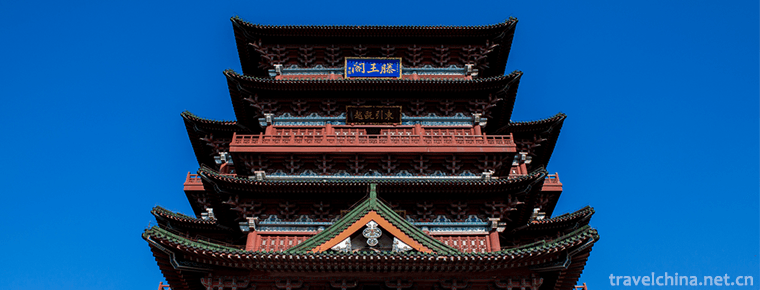
-
Pudacuo National Park
Pudacuo National Park, located in the center of the world natural....
Views: 173 Time 2018-10-18 -
Wonton Noodle
The wonton noodle is also called the bamboo rising face. It is a characteristic snack in Guangzhou. It originated in Guangzhou and Guangdong cuisine.
Views: 196 Time 2018-11-14 -
Wuhan Donghu Scenic Area
Wuhan Donghu Eco-tourism Scenic Area, referred to as Donghu Scenic Area, is located in the central city of Wuhan, Hubei Province. It is a national 5A-level tourist attraction, a demonstration site of .
Views: 182 Time 2018-12-12 -
Seven Stars Scenic Spot
Seven Stars Scenic Spot/Qixing Scenic Spot is located on the East Bank of Lijiang River in Guilin City, along Xiaodong River, a tributary of Lijiang River, 1.5 kilometers away from the city center..
Views: 112 Time 2018-12-17 -
Hanover Manor
Hannuo Manor is a national AAAA-level tourist attraction, located in the southeast suburbs of Shanting District, Zaozhuang City, Shandong Province. It is located on the front alluvial slope surrounded.
Views: 104 Time 2019-01-13 -
Red Leaf Valley Eco cultural Tourist Area
Red Leaf Valley Eco-cultural Tourist Area, National Key Scenic Spot, National AAAA Class Tourist Spot. Red Leaf Valley is located in the southern mountain area of Jinxiuchuan Township.
Views: 193 Time 2019-01-16 -
Huangze Temple
Huangze Temple is the only sacrificial temple for Empress Wu Zetian in China. It is located on the West Jialing River in Guangyuan City, Sichuan Province. In 1961, it was announced .
Views: 148 Time 2019-01-18 -
Liaoheyuan National Forest Park
Liaoheyuan National Forest Park is located in Dawopu Forest Farm, Pingquan County, Hebei Province. It is named for its birthplace of Liaohe River in China..
Views: 146 Time 2019-01-30 -
Nanhai Chan Temple
Nanhai Chan Temple, a national AAAA scenic spot, is located in the southeast corner of Runan County, Zhumadian City, Henan Province, China.
Views: 121 Time 2019-02-07 -
Shandong Tianyu Natural Museum
Shandong Tianyu Natural Museum is located in the western section of Lianhuashan Road, Pingyi County, Linyi City, Shandong Province. It is the largest natural geological museum and the largest dinosaur.
Views: 262 Time 2019-02-08 -
Beijing University of Civil Engineering and Architecture
Beijing Architectural University is a pilot University jointly constructed by Beijing and the Ministry of Housing and Urban-Rural Construction, the "Education and Training Plan for Excellent Engi.
Views: 136 Time 2019-09-06 -
Chunqiu Temple
Chunqiu temple, also known as Chunqiu pool and Chunqiu Pavilion, is located in Yandian street, Xuyong county (Xuyong town), Luzhou City, Sichuan Province. It is mainly dedicated to Guan Sheng emperor. It is said that Guan Yu likes to read the biography of the left family in the spring and Autumn period, so it is named Chunqiu temple..
Views: 222 Time 2020-10-15
